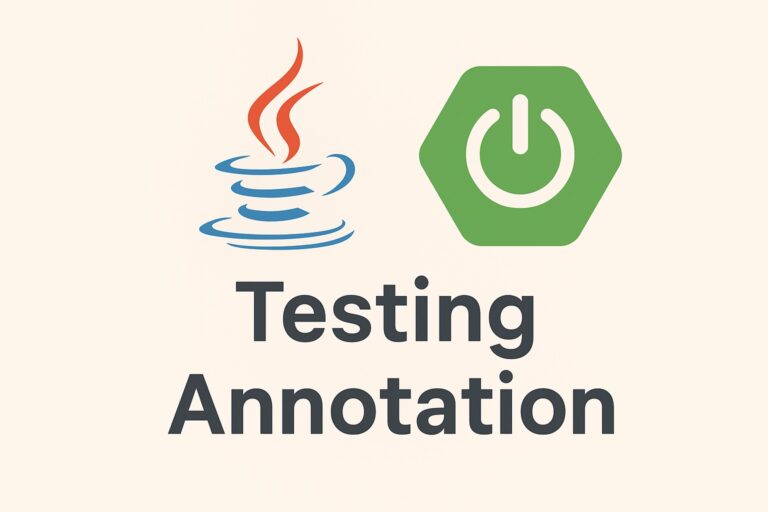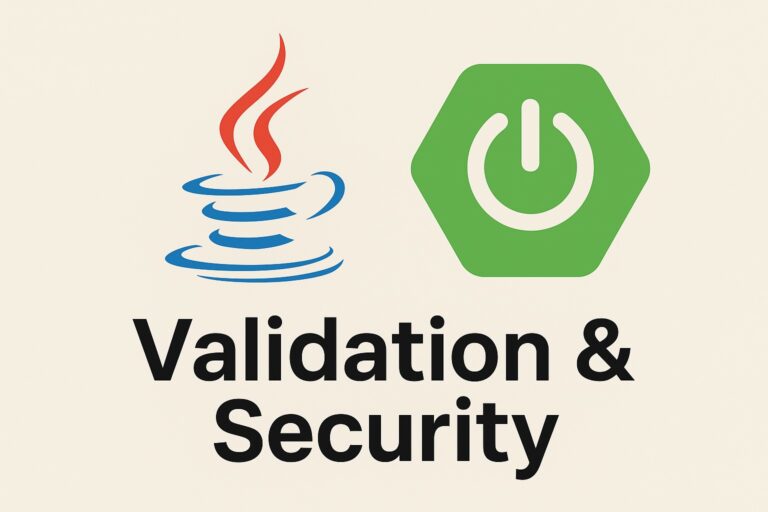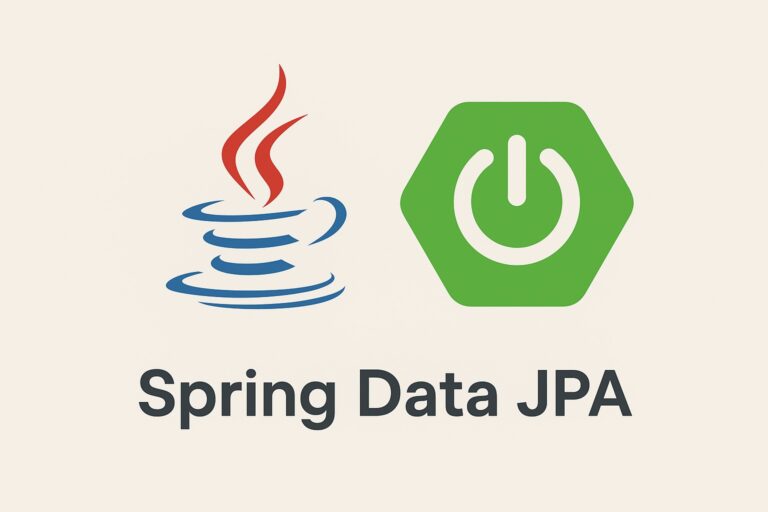Writing clean and maintainable code is essential in any Java application, especially in microservices where modularity and simplicity matter most. The Lombok library is a powerful tool that helps Java developers reduce boilerplate code by automatically generating commonly used methods like getters, setters, constructors, and more. In this article, we’ll walk through how to build a simple Spring Boot microservice using Lombok to make your code more concise and readable — all while keeping things clean and production-ready.
Technologies Used:
- Spring Boot (REST)
- Lombok
- Maven
- Java 17+
- In-memory List for simplicity (no database)
1. Project Structure
src/
└── main/
└── java/
└── com/example/bookservice/
├── BookServiceApplication.java
├── controller/
│ └── BookController.java
├── model/
│ └── Book.java
└── service/
└── BookService.java
2. Book.java (Model Layer)
package com.example.bookservice.model;
import lombok.AllArgsConstructor;
import lombok.Data;
import lombok.NoArgsConstructor;
@Data
@NoArgsConstructor
@AllArgsConstructor
public class Book {
private String id;
private String title;
private String author;
}
What’s happening here?
@Data: generates getters, setters,toString(),equals(), andhashCode().@NoArgsConstructorand@AllArgsConstructor: handle constructors.
3. BookService.java (Service Layer)
package com.example.bookservice.service;
import com.example.bookservice.model.Book;
import org.springframework.stereotype.Service;
import java.util.ArrayList;
import java.util.List;
@Service
public class BookService {
private final List<Book> bookRepo = new ArrayList<>();
public List<Book> getAllBooks() {
return bookRepo;
}
public Book addBook(Book book) {
bookRepo.add(book);
return book;
}
}
4. BookController.java (Controller Layer)
package com.example.bookservice.controller;
import com.example.bookservice.model.Book;
import com.example.bookservice.service.BookService;
import lombok.RequiredArgsConstructor;
import org.springframework.web.bind.annotation.*;
import java.util.List;
@RestController
@RequestMapping("/api/books")
@RequiredArgsConstructor
public class BookController {
private final BookService bookService;
@GetMapping
public List<Book> getBooks() {
return bookService.getAllBooks();
}
@PostMapping
public Book createBook(@RequestBody Book book) {
return bookService.addBook(book);
}
}
Explanation:
@RestController: simplifies REST API creation.@RequiredArgsConstructor: auto-generates a constructor for final fields (likebookService).
5. Main Class
package com.example.bookservice;
import org.springframework.boot.SpringApplication;
import org.springframework.boot.autoconfigure.SpringBootApplication;
@SpringBootApplication
public class BookServiceApplication {
public static void main(String[] args) {
SpringApplication.run(BookServiceApplication.class, args);
}
}
Test with Curl or Postman
GET all books
curl http://localhost:8080/api/books
POST new book



